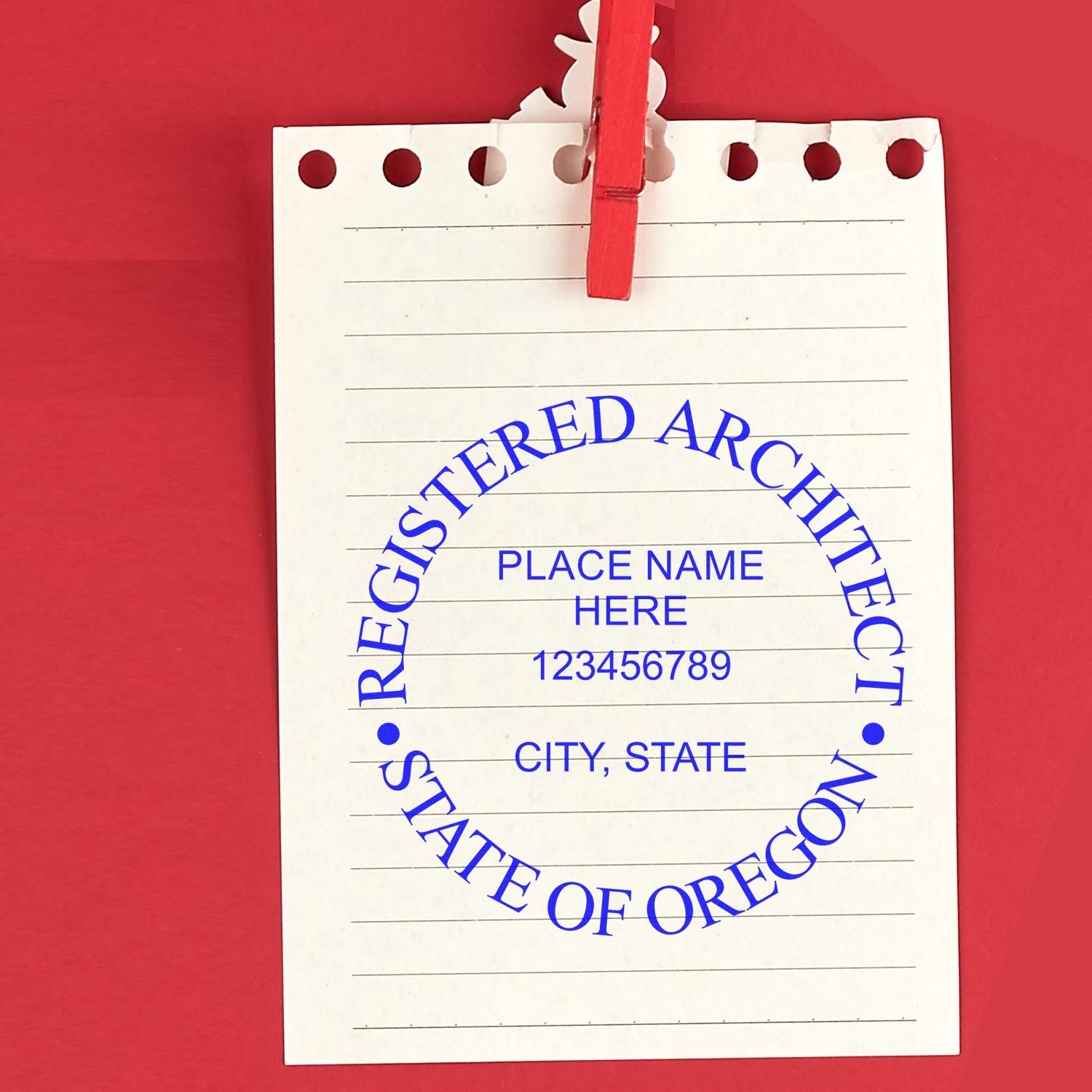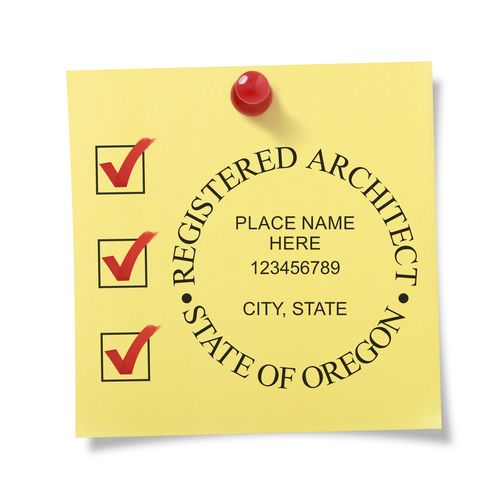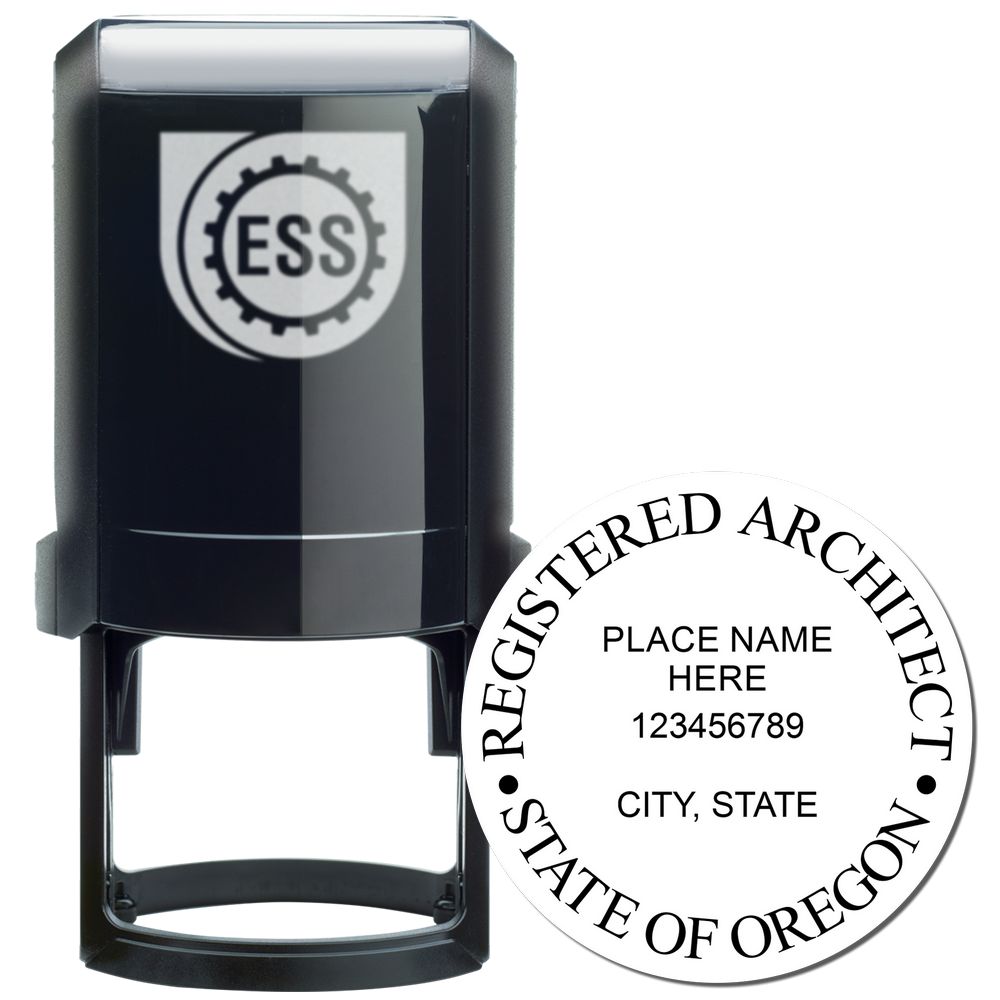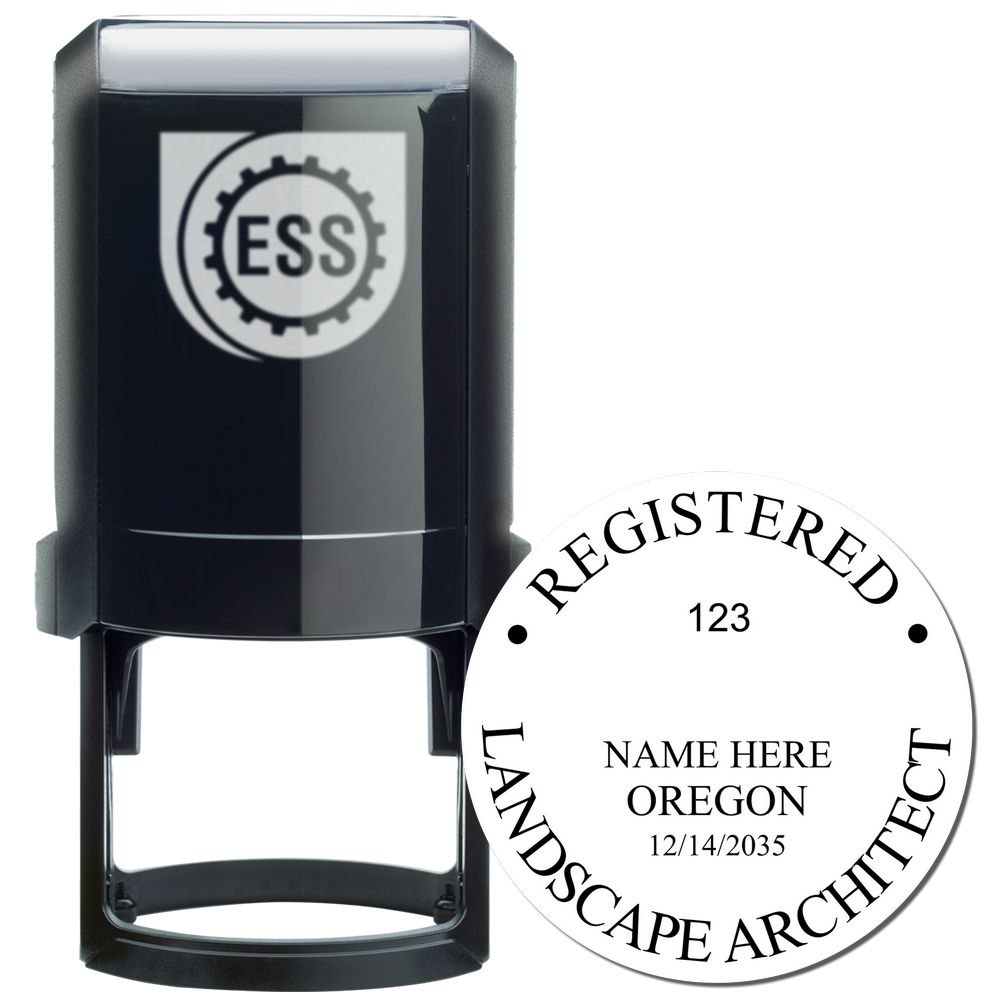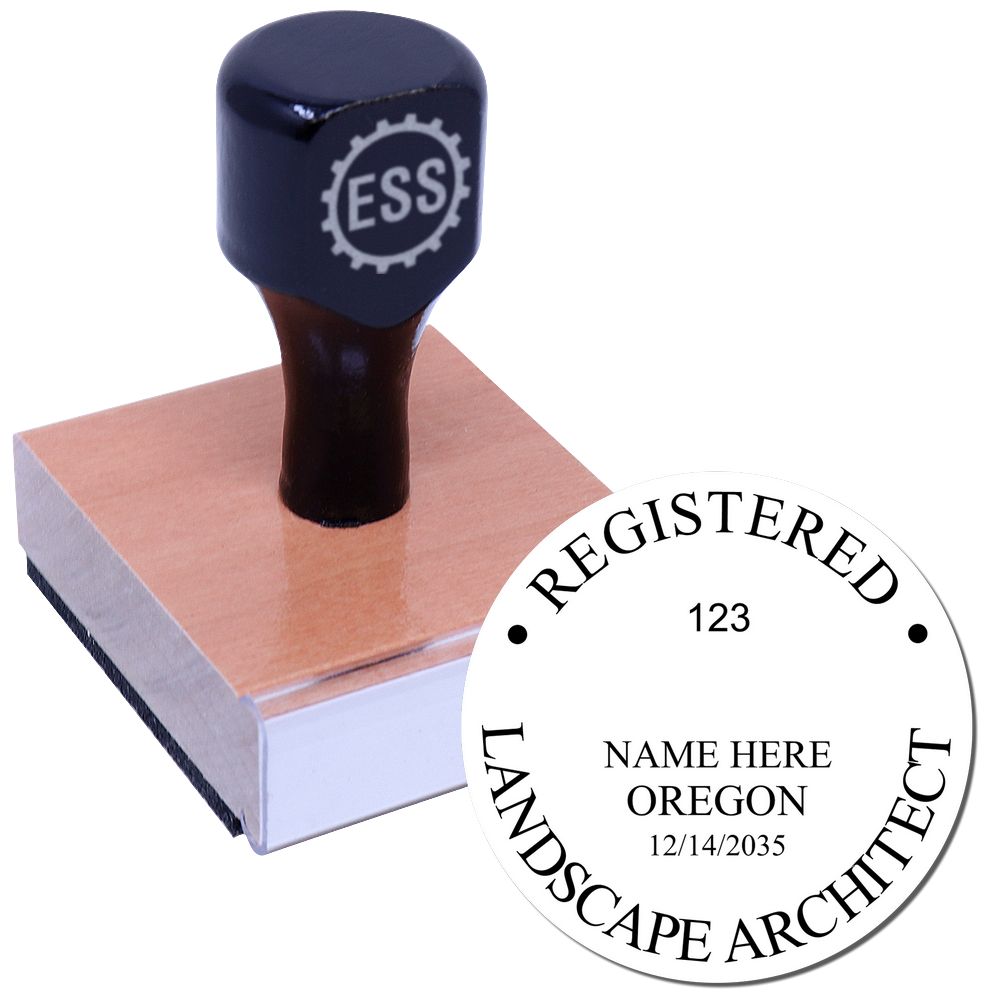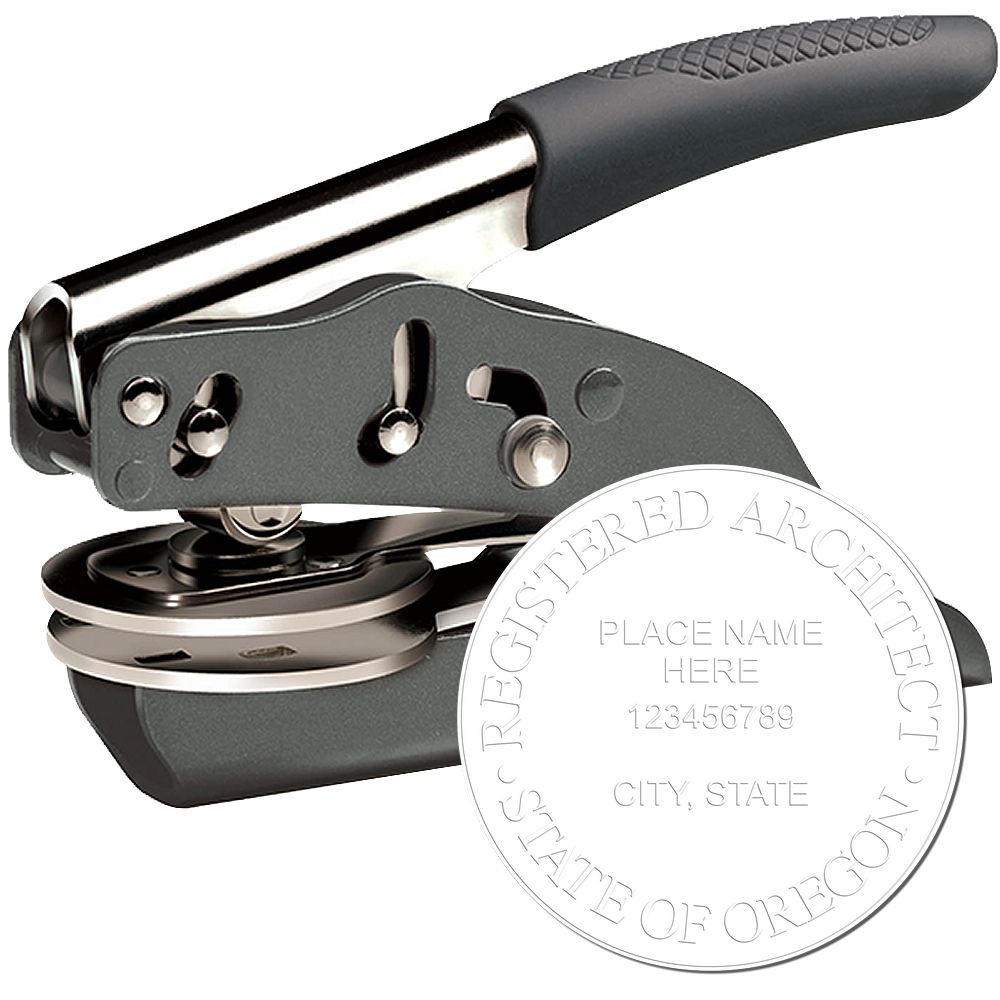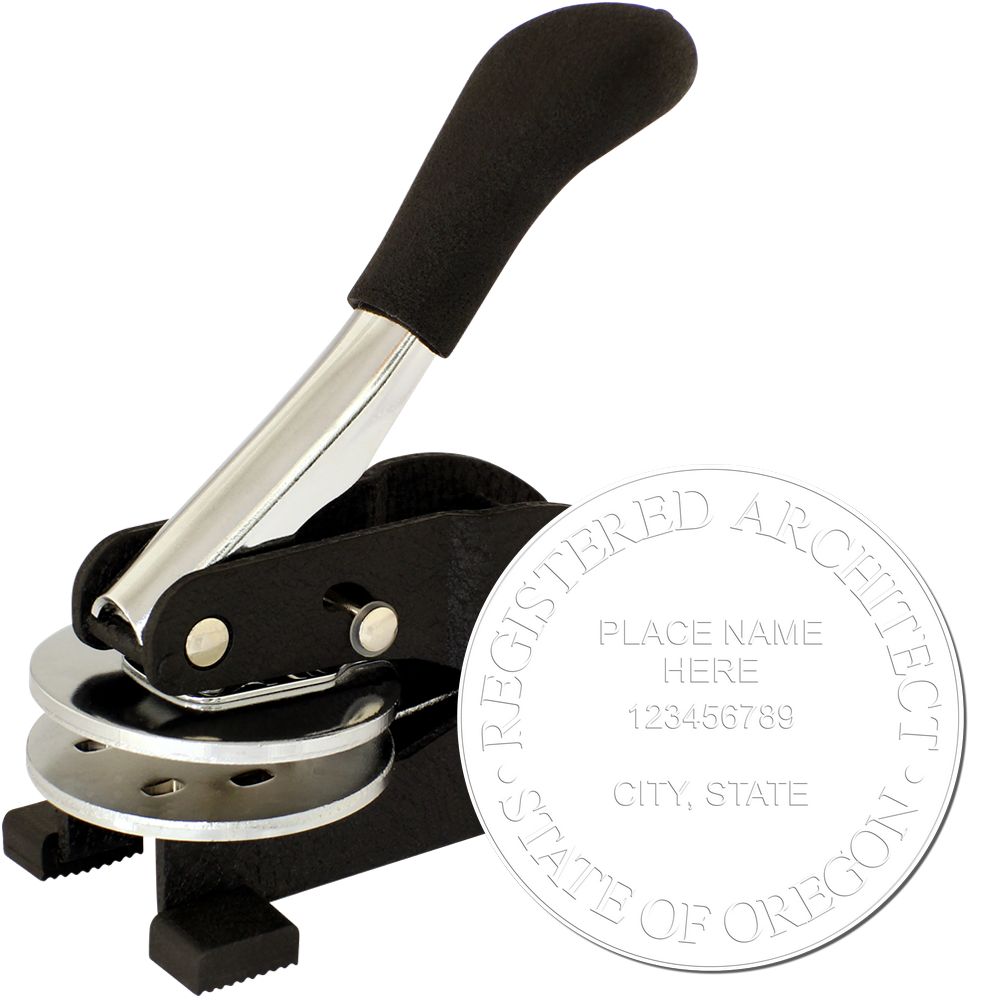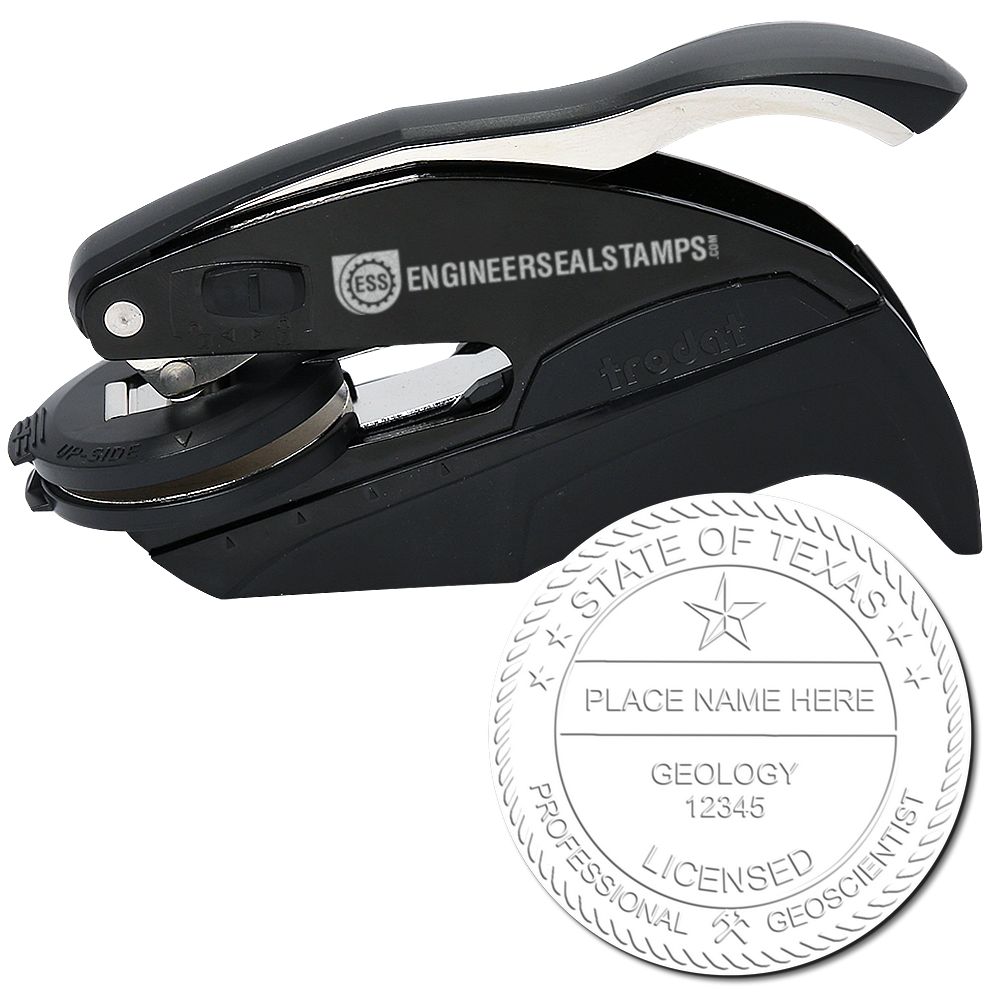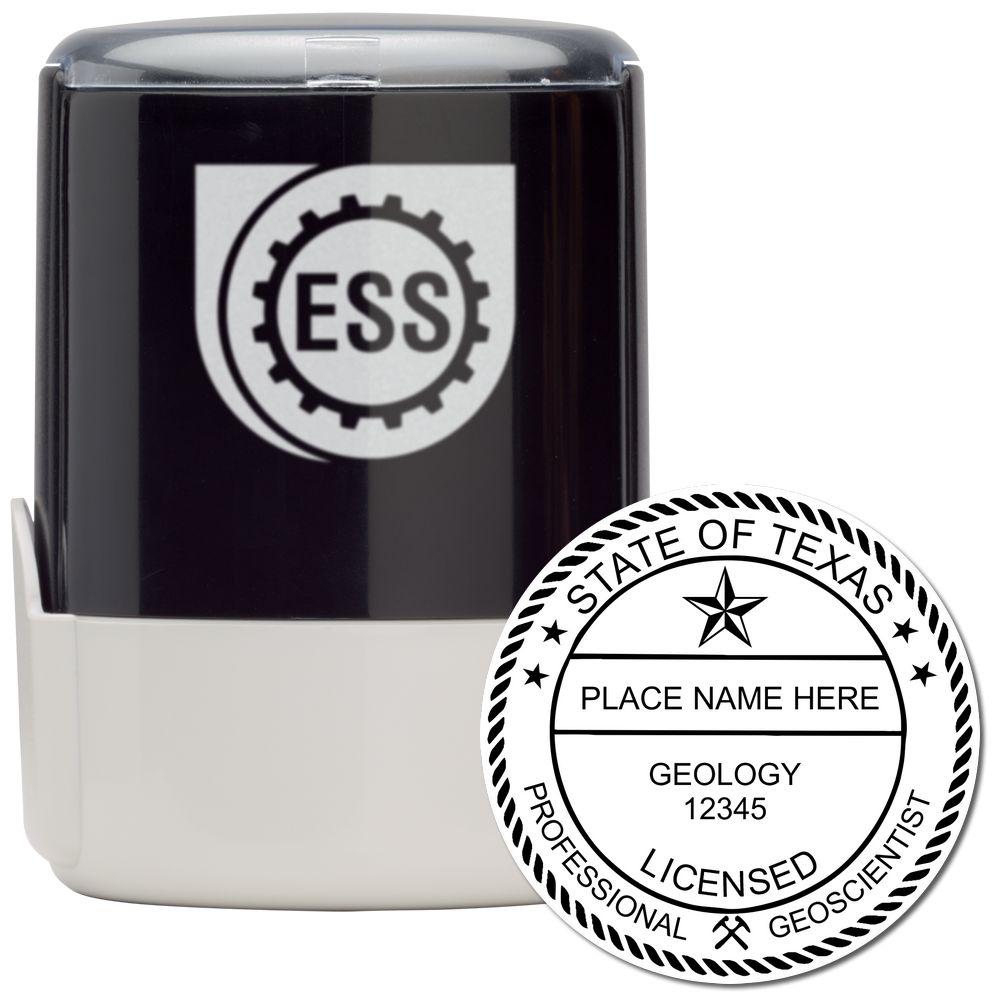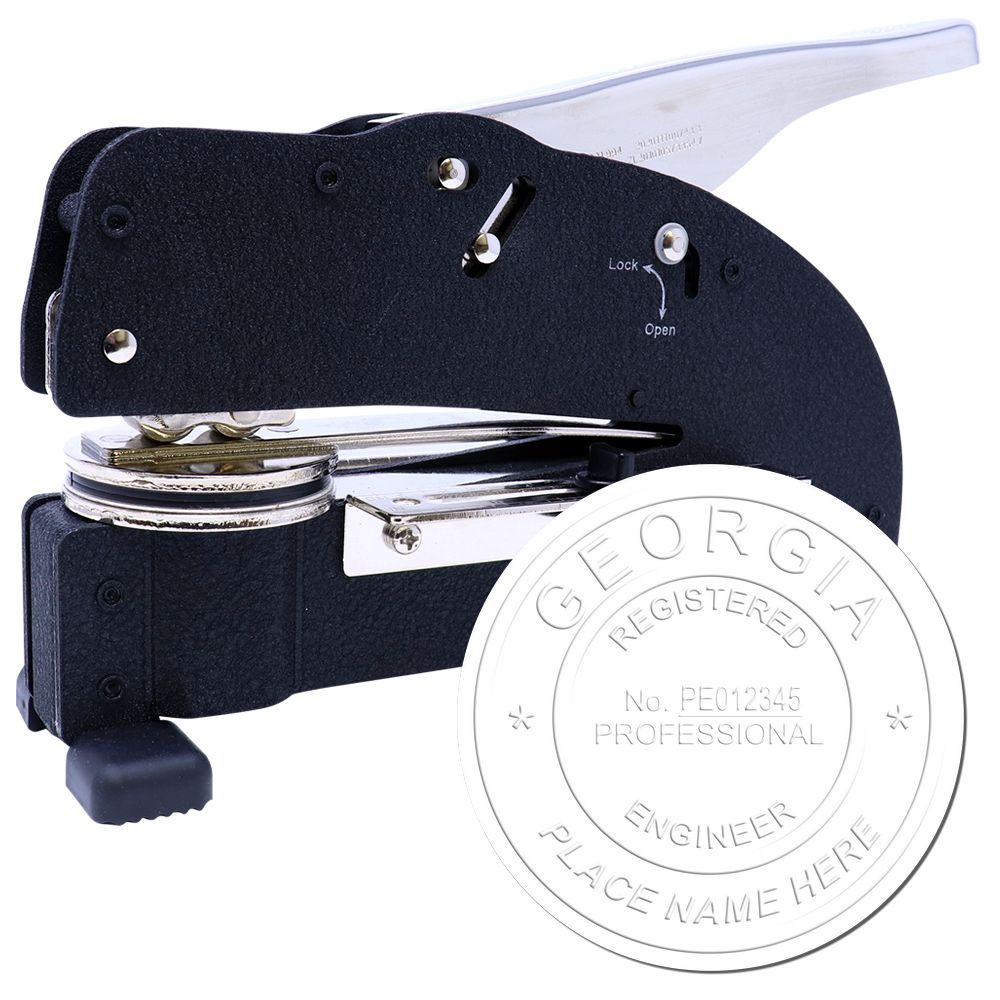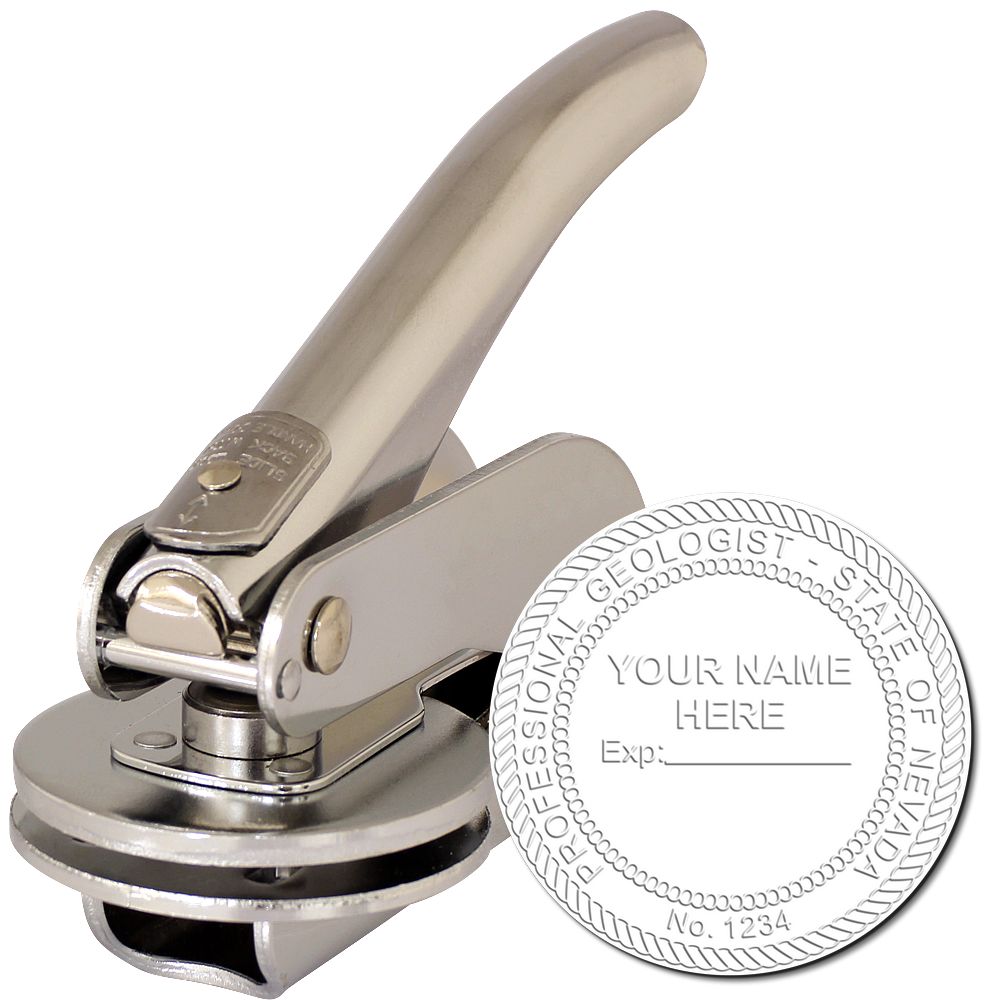Understanding Oregon Architect Stamps
Architect stamps play a crucial role in the architectural profession, serving as an official mark of approval on important documents and drawings. In the state of Oregon, architect stamps hold significant importance in ensuring compliance with regulations and demonstrating the expertise and authority of licensed architects.
Importance of Architect Stamps
Architect stamps are not just a formality; they serve as a legal and professional requirement. The use of architect stamps on documents signifies that the plans, drawings, or specifications have been reviewed and approved by a licensed architect. This provides assurance to clients, contractors, and regulatory agencies that the project meets the necessary standards and adheres to all applicable building codes and regulations.
In Oregon, architect stamps are necessary for various types of documents, including construction plans, specifications, and reports. They are especially crucial for obtaining building permits and approvals from regulatory authorities. Architects must affix their stamp to these documents to indicate their involvement and responsibility for the design and compliance of the project.
Overview of Oregon Architect Stamps
Oregon architect stamps are specifically designed to comply with the state's regulations and guidelines. These stamps typically include the architect's name, license number, and the phrase "Registered Architect" or "Architect." The stamp may also include the architect's signature or a digital representation of their signature.
The size of the architect stamp is an important consideration. Oregon architect stamp size requirements are determined by the Oregon State Board of Architect Examiners. The dimensions of the stamp must meet the guidelines set by the board to ensure legibility and compliance. For detailed information on the specific size requirements, including dimensions and layout, refer to our article on Oregon architect stamp guidelines.
Architects in Oregon have the option to choose between traditional rubber stamps and self-inking stamps. Traditional rubber stamps require a separate ink pad, while self-inking stamps have an integrated ink pad mechanism for convenience and ease of use. The choice between these options depends on personal preference and the specific needs of the architect.
When obtaining an architect stamp, it is important to consider the quality of the stamp and the materials used. High-quality stamps with durable materials ensure clear and consistent impressions, making them suitable for repeated use. Architects can find reliable and compliant Oregon architect stamps from reputable vendors. It is recommended to order stamps from trusted sources that provide customization options to meet individual preferences. For more information on ordering and customizing architect stamps, visit our article on Oregon architect stamp design.
Understanding the importance and requirements of architect stamps in Oregon is essential for architects looking to navigate the regulatory landscape and fulfill their professional responsibilities. By adhering to the guidelines and acquiring a suitable architect stamp, architects can confidently demonstrate their expertise and ensure compliance with the state's regulations.
Standard Size Requirements
When it comes to Oregon architect stamps, there are specific size requirements that must be followed to ensure compliance with state regulations. Understanding these dimensions and legal requirements is essential for architects seeking to purchase an Oregon architect stamp.
Dimensions of Oregon Architect Stamps
Oregon architect stamps typically have rectangular dimensions, with the most common size being 1.5 inches by 3 inches. This size provides enough space to accommodate the necessary information while remaining within the standard requirements. However, architects may choose to customize their stamp size within the limits set by the state.

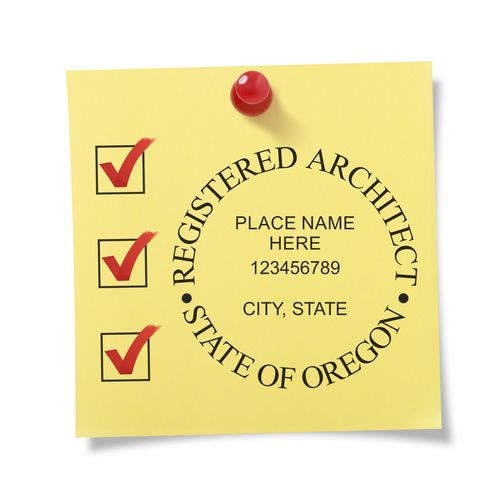
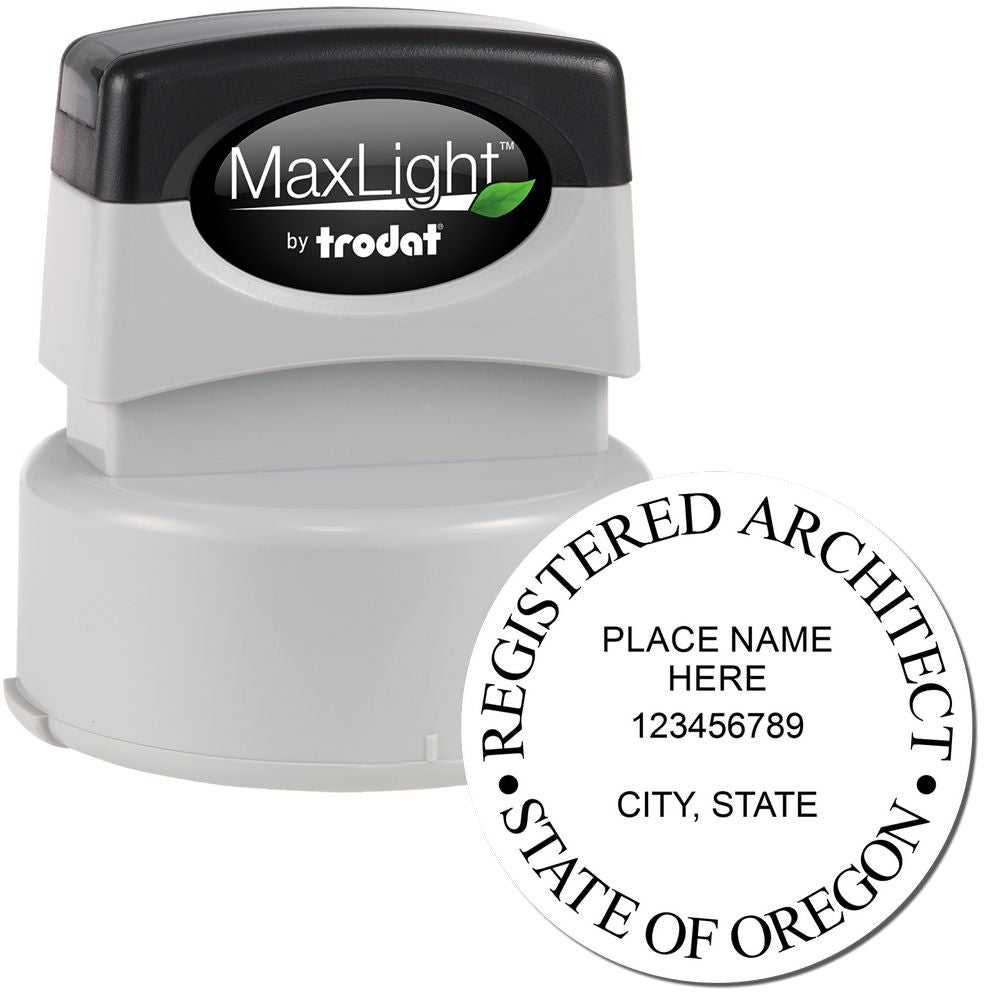
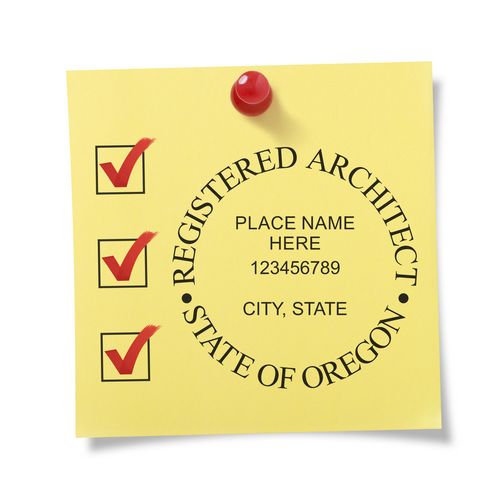
To ensure accuracy and legibility, it is important to pay attention to the dimensions when ordering an Oregon architect stamp. The stamp should be large enough to clearly display the required information without compromising the overall design. If you have specific questions about the dimensions or need assistance in choosing the right size for your stamp, consult with a reputable stamp provider or regulatory agencies.
Legal Requirements for Stamp Size
In Oregon, architect stamps are subject to legal requirements regarding their size. According to the Oregon Board of Architect Examiners, the stamp must be clearly legible and contain specific information, including the name and registration number of the architect. The board also provides guidelines for the minimum size of the stamp to ensure readability.
To comply with the legal requirements, it is crucial to select a stamp size that meets or exceeds the minimum dimensions specified by the regulatory agencies. By doing so, you can ensure that your architect stamp is valid and accepted by the relevant authorities.
For more detailed information on Oregon architect stamps, including design guidelines and renewal procedures, refer to our article on Oregon architect stamps.
Understanding the standard size requirements and legal guidelines for Oregon architect stamps is essential for architects who want to maintain compliance with state regulations. By selecting the appropriate dimensions and ensuring the stamp meets the necessary legal requirements, architects can confidently use their stamps for official purposes.
Factors Influencing Stamp Size
When it comes to Oregon architect stamps, several factors come into play when determining the appropriate size. These factors include design preferences and practical considerations, both of which play a crucial role in choosing the right stamp size.
Design Preferences
Design preferences can greatly impact the size of an architect stamp. Some architects may prefer a larger stamp size to make a bold and prominent impression on their architectural drawings and documents. A larger stamp size allows for more visibility and can be aesthetically pleasing. On the other hand, some architects may prefer a smaller stamp size for a more subtle and compact impression that doesn't overpower the overall design of the document.
The design of the architect stamp itself, including the layout of the text, logo, and any additional graphics, can also influence the size of the stamp. More complex designs may require a larger stamp size to accommodate all the necessary elements and ensure legibility.
Practical Considerations
Practical considerations are also important when determining the size of an architect stamp. One practical consideration is the available space on the documents where the stamp will be applied. If the documents have limited space or if architects prefer to keep their stamps compact and unobtrusive, a smaller stamp size may be preferred.
Another practical consideration is the ease of handling and portability of the stamp. Architects who frequently carry their stamps to different locations may opt for a smaller size that fits comfortably in their bags or pockets. Conversely, architects who primarily work in their office and have ample space for stamping may choose a larger size for enhanced visibility and ease of use.
Ultimately, the choice of stamp size should align with the architect's preferences and the practical requirements of their work. Architects can consult with regulatory agencies or professional organizations for any specific guidelines or requirements regarding stamp size. For more information on Oregon architect stamp guidelines, refer to our article on oregon architect stamp guidelines.
When choosing the size of an architect stamp, it's essential to consider not only the design preferences but also the practical aspects to ensure that the stamp meets both the aesthetic and functional needs of the architect. Additionally, architects should consider the material and quality of the stamp, as well as the ordering and customization options available. For more information on these considerations, refer to our article on oregon architect stamps.


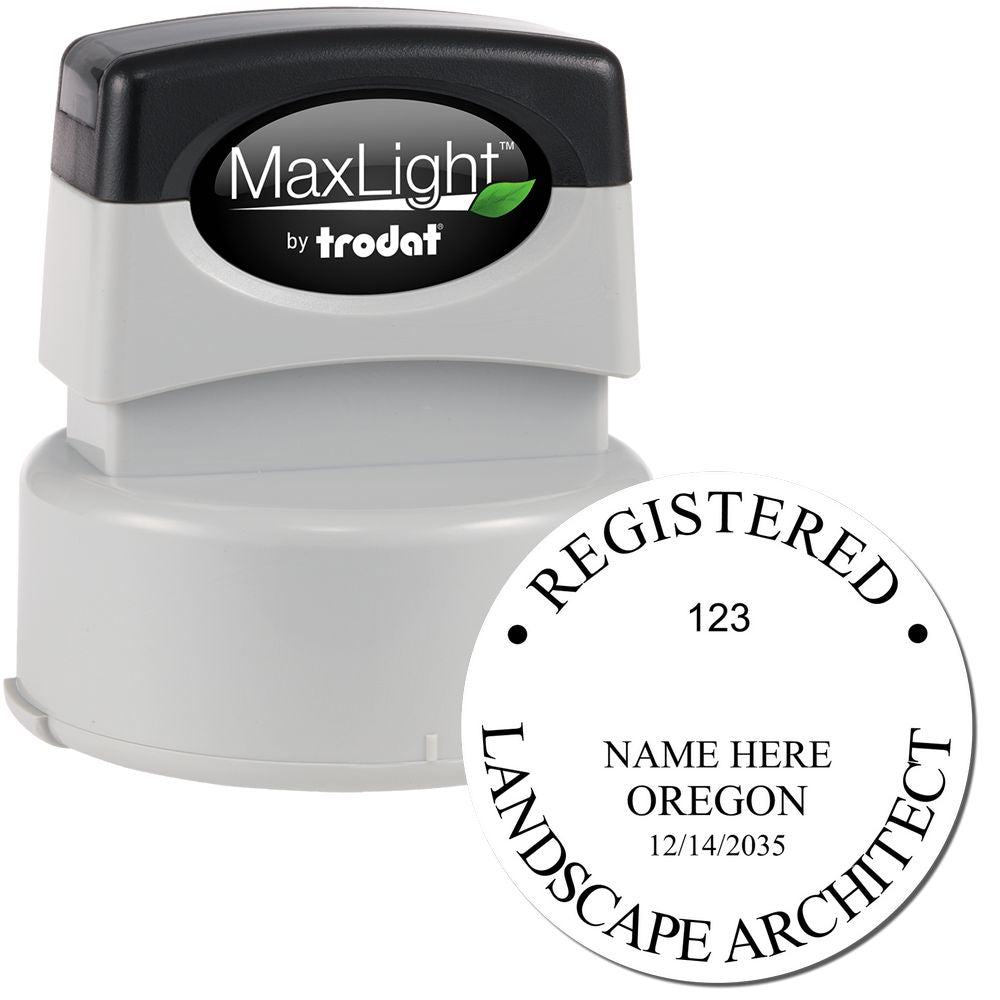
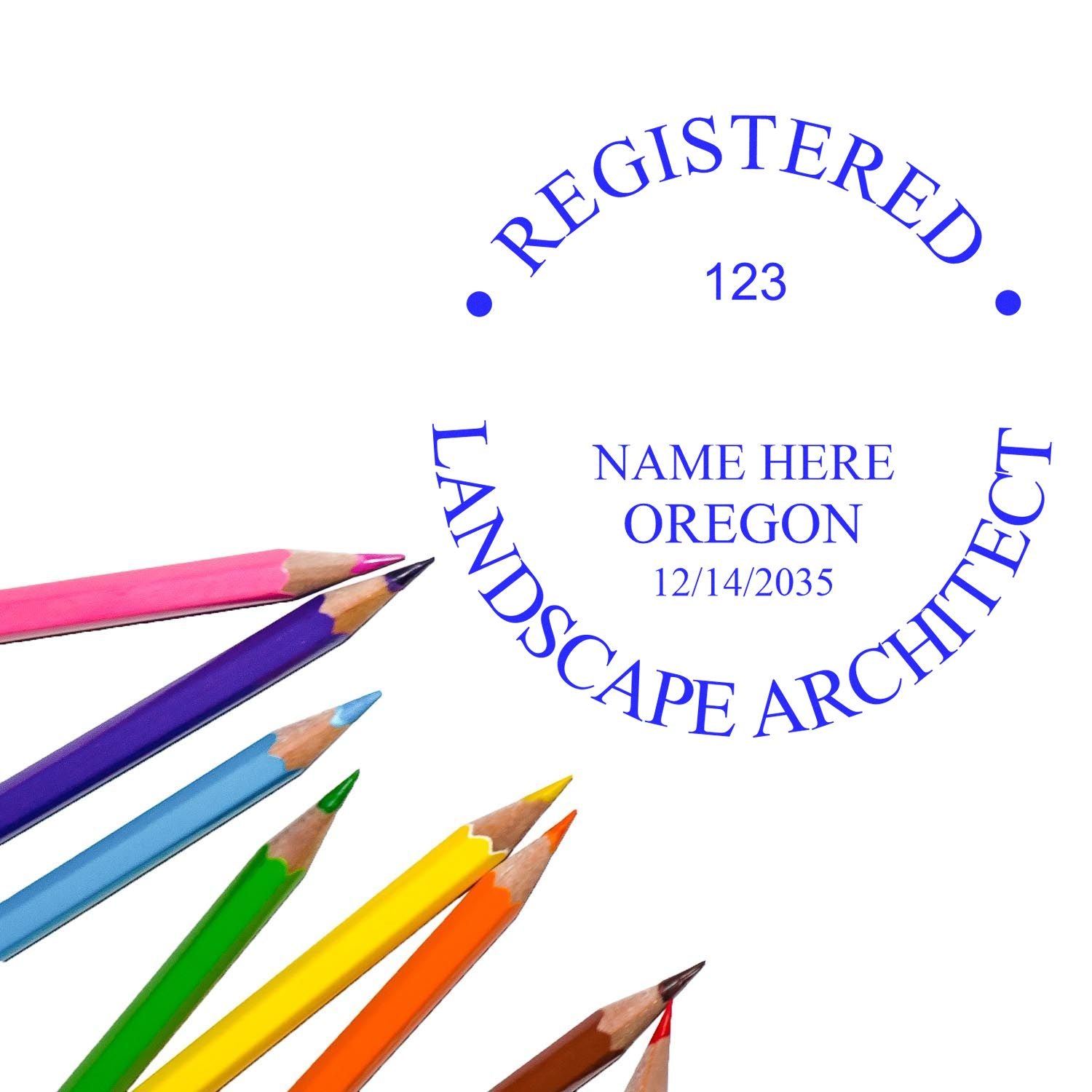
Choosing the Right Stamp Size
When it comes to choosing the right size for your Oregon architect stamp, it's important to consider your specific needs and consult with the relevant regulatory agencies. By following these steps, you can ensure that your stamp meets the necessary requirements and fits your professional preferences.
Determining Your Needs
Before selecting a stamp size, it's essential to understand your specific requirements as an architect. Consider the type of projects you typically work on and the information that needs to be included in your stamp. Are you primarily involved in large-scale commercial projects or smaller residential designs? The scope of your work can influence the size of the stamp you need.
Additionally, take into account the amount of information you wish to include within the stamp impression. While larger stamps may allow for more detailed information, they may be less practical for everyday use. On the other hand, smaller stamps may be more convenient for regular use but may limit the amount of text or design that can be included.
By evaluating your specific needs and preferences, you can narrow down the range of sizes that would be suitable for your professional requirements.
Consulting with Regulatory Agencies
To ensure compliance with the regulations of Oregon architect stamps, it's crucial to consult with the relevant regulatory agencies. These agencies can provide guidance on the specific size requirements outlined in the state's architectural regulations.
Reach out to agencies such as the Oregon State Board of Architect Examiners to inquire about the approved dimensions for architect stamps. They can provide you with detailed information on the acceptable size range, the minimum and maximum dimensions, and any specific guidelines related to stamp size. You can also refer to our article on Oregon architect stamp guidelines for additional insights.
By consulting with regulatory agencies, you can ensure that your architect stamp meets the necessary size requirements, allowing you to confidently authenticate your architectural drawings and documents.
Remember, in addition to size, factors such as material and quality, as well as ordering and customization options, should also be considered when selecting an architect stamp. To learn more about these considerations, refer to our article on Oregon architect stamps.
By determining your needs and seeking guidance from regulatory agencies, you can choose the right stamp size that meets both your professional requirements and the standards set forth by the state of Oregon.
Other Considerations
When it comes to Oregon architect stamps, there are a few other considerations to keep in mind besides the size requirements. These considerations include the material and quality of the stamp and the ordering and customization options available.
Material and Quality
Choosing the right material for your Oregon architect stamp is important as it can impact the durability and longevity of the stamp. Common materials used for architect stamps include rubber, polymer, and metal. Each material has its own advantages and considerations.
Rubber stamps are a popular choice due to their affordability and ease of use. They provide clear and consistent imprints, making them suitable for most stamping needs. Polymer stamps, on the other hand, offer greater durability and precision. They are resistant to wear and tear, ensuring that your stamp remains in excellent condition for an extended period.
Metal stamps, such as those made from brass or stainless steel, are known for their durability and professional appearance. These stamps can withstand heavy usage and provide crisp imprints. However, metal stamps may require more maintenance to prevent corrosion and keep them in optimal condition.
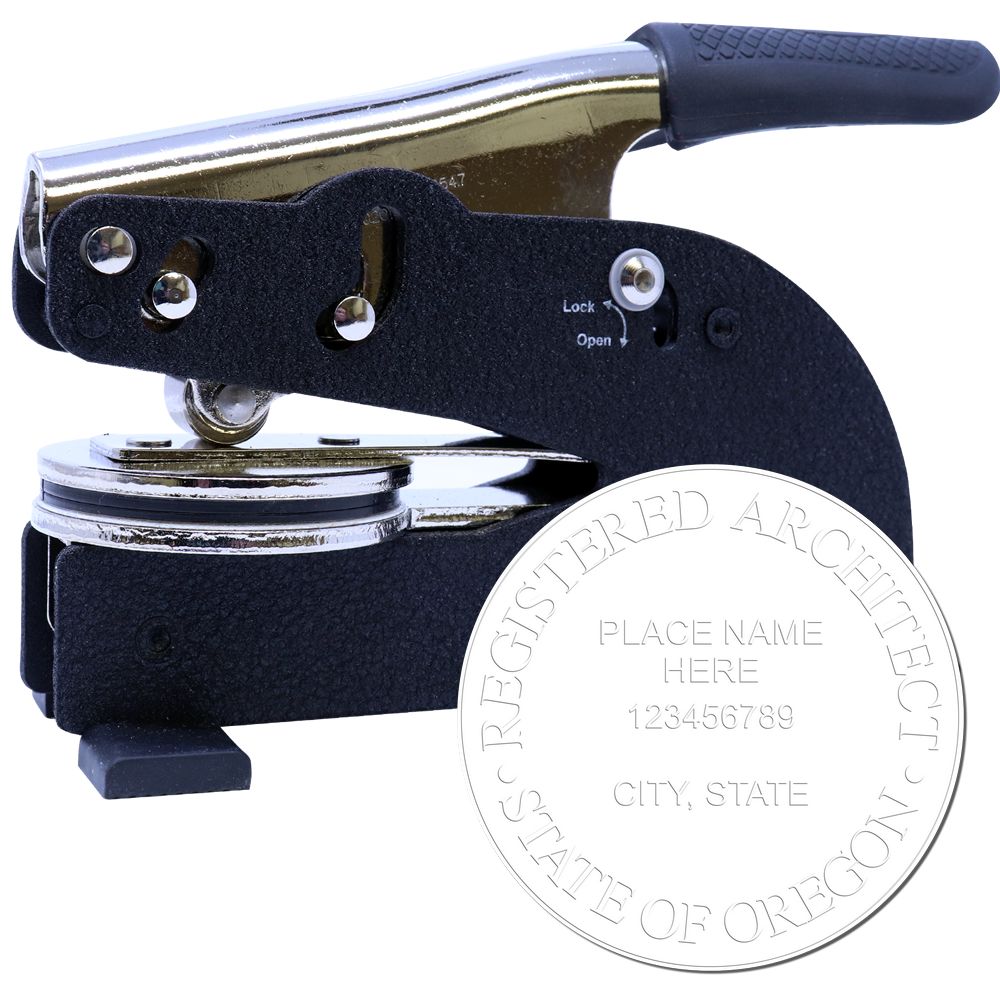

When selecting the material for your Oregon architect stamp, consider factors such as your budget, desired lifespan of the stamp, and the specific requirements of your profession. For more information on Oregon architect stamps, including guidelines and design considerations, visit our article on oregon architect stamps.
Ordering and Customization Options
Ordering and customizing your Oregon architect stamp is an important step in obtaining a stamp that meets your unique needs. Several factors should be taken into account, including the turnaround time, cost, and customization options offered by the stamp provider.
When ordering your architect stamp, consider the time it takes for the stamp to be produced and delivered. Some providers offer expedited shipping options if you need your stamp in a hurry. Additionally, compare prices from different stamp manufacturers to ensure you are getting the best value for your investment.
Customization options are also worth considering. Many stamp providers allow you to personalize your Oregon architect stamp with your name, license number, and other relevant information. This customization can enhance the professionalism and authenticity of your stamped documents. Be sure to review the customization guidelines and requirements set by regulatory agencies to ensure compliance.
Before finalizing your order, it can be helpful to consult with regulatory agencies or professional organizations to ensure that your chosen stamp meets all necessary requirements. They can provide guidance on specific design elements, information to include, and any additional guidelines to follow. For more information on Oregon architect stamps and seals, including renewal processes, refer to our article on oregon architect seal.
By considering the material and quality of your stamp and exploring the ordering and customization options available, you can obtain an Oregon architect stamp that meets your professional needs and preferences. Remember to choose a stamp provider that offers reliable products and excellent customer service to ensure a smooth and satisfactory experience.
About ESS
At Engineer Seal Stamps (ESS), we take pride in being the leading makers of custom rubber stamps, professional seals, and notary stamps in the industry. Our commitment to delivering stellar customer service is backed by a state board guarantee on all our products. Whether you're an engineer, architect, or surveyor in need of a seal, we've got you covered.
Our stamps are crafted with the highest quality materials, ensuring durability and accuracy with every impression. Our team of skilled technicians and designers work tirelessly to create custom stamps that meet your unique needs. With over a decade of experience in the industry, our reputation for excellence in stamp making is unparalleled. We offer a wide range of products, from traditional pre-inked rubber stamps to modern digital seals. We understand the importance of having the right seal for your profession, which is why we offer customization options such as logo, signature, and text engraving. Our stamps are also available in different sizes and ink colors to fit your preferences.
What sets ESS apart is our unwavering commitment to customer satisfaction. From initial consultation to final delivery, our team is with you every step of the way. We understand that a reliable seal is essential to your work, which is why we offer a fast turnaround time and free shipping on all our products for orders over $75. Choose ESS for all your stamping needs and experience the difference that quality and exceptional customer service can make.

